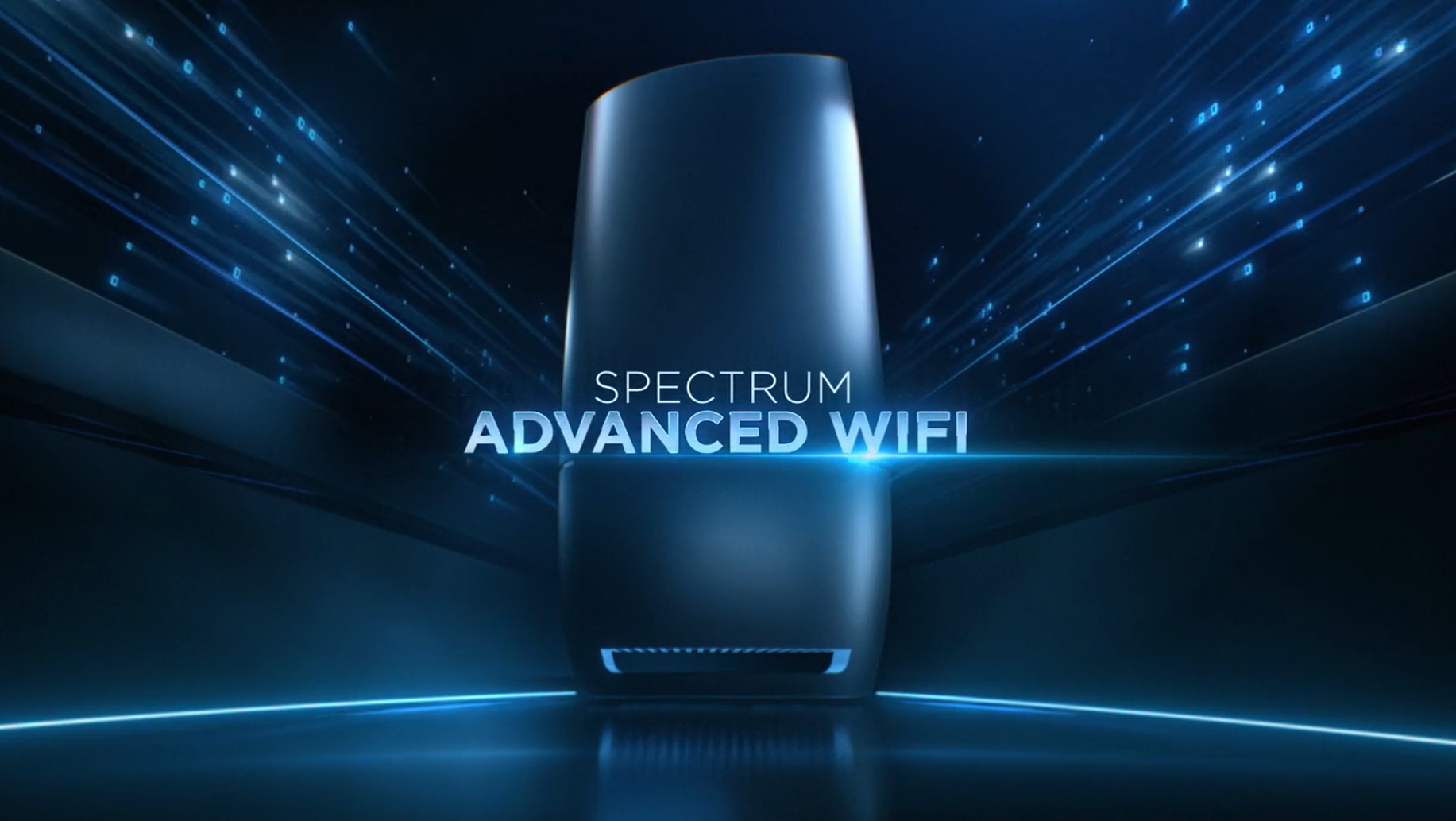A strong Wi-Fi connection is crucial for seamlessly connecting and utilizing the wide range of gadgets in our homes, from smartphones to big-screen TVs. That’s why the introduction of Wi-Fi 7, a new and faster standard, is garnering attention. Wi-Fi 7 promises higher speeds and reduced latency, ensuring quicker response times between commands and network interactions.
Charter and Qualcomm recently teased a modem utilizing Wi-Fi 7, while Amazon unveiled their eero Wi-Fi mesh system, also incorporating the new standard. However, Wi-Fi 7 is still relatively new and not fully developed, which is why devices like Apple’s latest iPhone 15 have not yet adopted it.
Wi-Fi 7, also known as 802.11be, is not the seventh generation of wireless internet, despite its name. The Institute of Electrical and Electronics Engineers (IEEE) has been working on Wi-Fi 7 since 2019, following the emergence of Wi-Fi 6. The official standard is expected to be released next year, but some early products are already available based on early test kits, like Amazon’s eero 7 Max WiFi router. Spectrum’s next modem, on the other hand, is set to release in 2024.
One of the standout features of Wi-Fi 7 is its potential peak speed of 40 Gbps. While this speed far exceeds what most households currently require, it does provide future-proofing as internet capacity and demands increase. Wi-Fi 7 also builds upon the advancements of Wi-Fi 6, particularly utilizing the 6 GHz spectrum band for data transmission. It improves interference coordination and takes full advantage of available channels, making data transmission more efficient.
Multi-Link Operations is another feature that Wi-Fi 7 incorporates, allowing simultaneous data transmission across different radio frequencies. By leveraging the 5 GHz and 6 GHz frequencies, Wi-Fi 7 enables faster and more efficient data transfer. Additionally, Wi-Fi 7 employs 4K QAM (quadrature amplitude modulation), which enhances the speed of data transmission by delivering batches of data across different phases simultaneously.
While Wi-Fi 7 brings many advancements, it’s important to manage expectations. Speed bottlenecks can occur due to limitations in the connection between your internet service provider (ISP) and your home. The speed you receive from your ISP will determine the maximum speed you can expect from your Wi-Fi 7 router. Furthermore, for optimal performance, your devices need to be compatible with Wi-Fi 7.
While upgrading to a Wi-Fi 7 router can provide long-term benefits, there’s no immediate rush to purchase one. It will take time for devices to become compatible and widely available. Wi-Fi 6E, the latest version of Wi-Fi 6, has recently entered the market, and it will still be a while before Wi-Fi 7-enabled products become prevalent.
The upside is that if you invest in a Wi-Fi 7 router, it will be backward compatible with older Wi-Fi standards, potentially providing a general speed boost. However, to fully utilize the router’s capabilities, compatible devices are necessary, which may not be readily available for some time.

